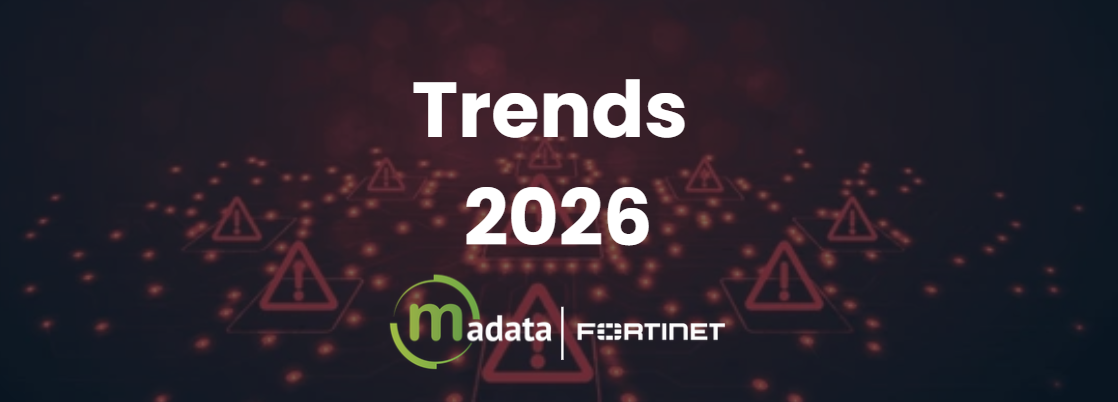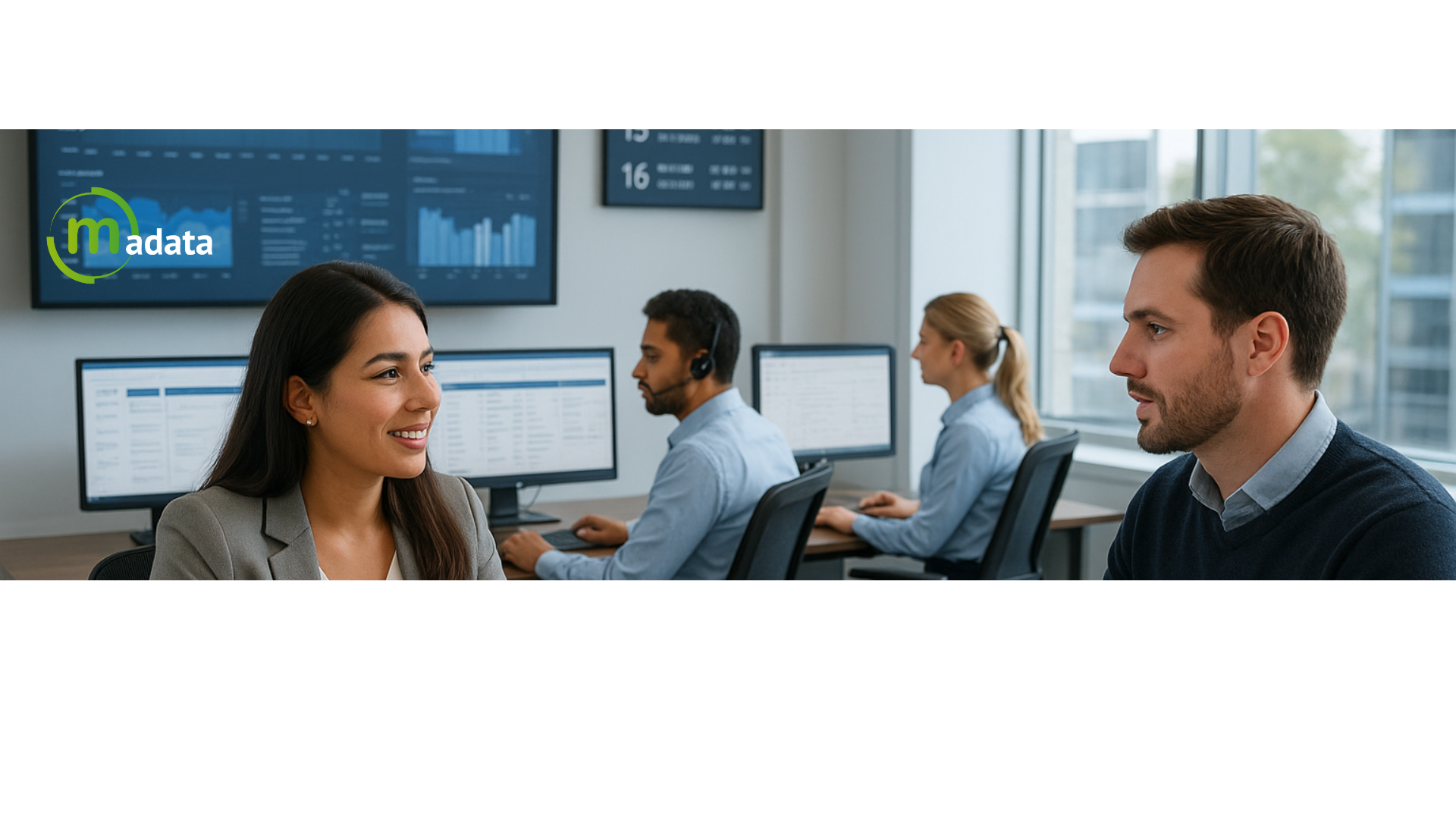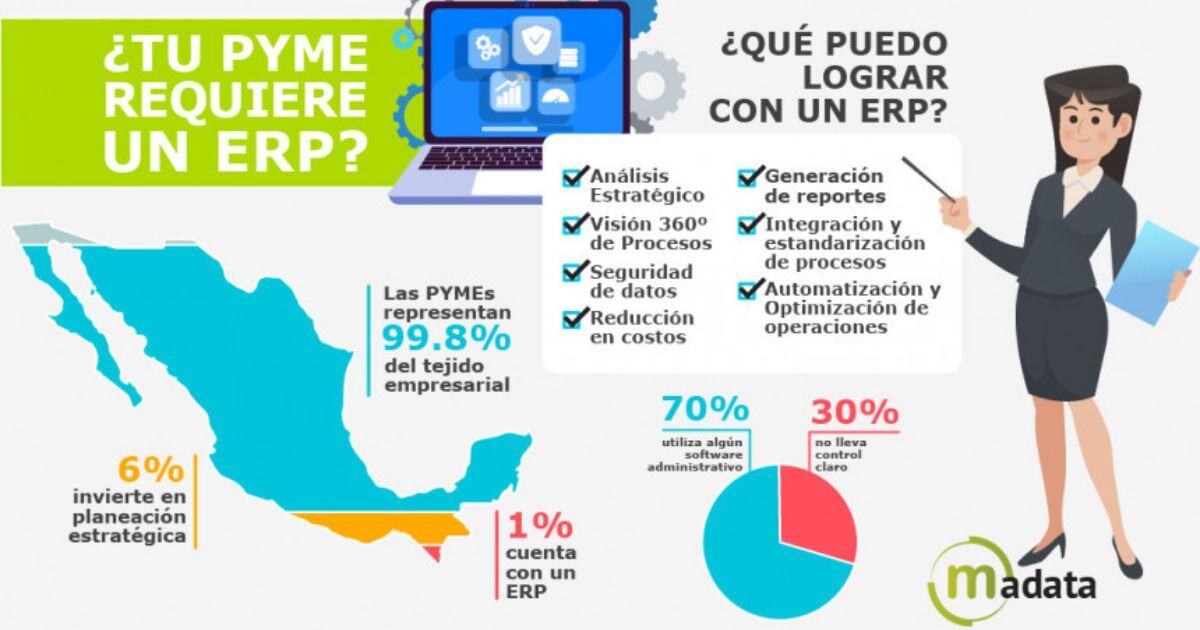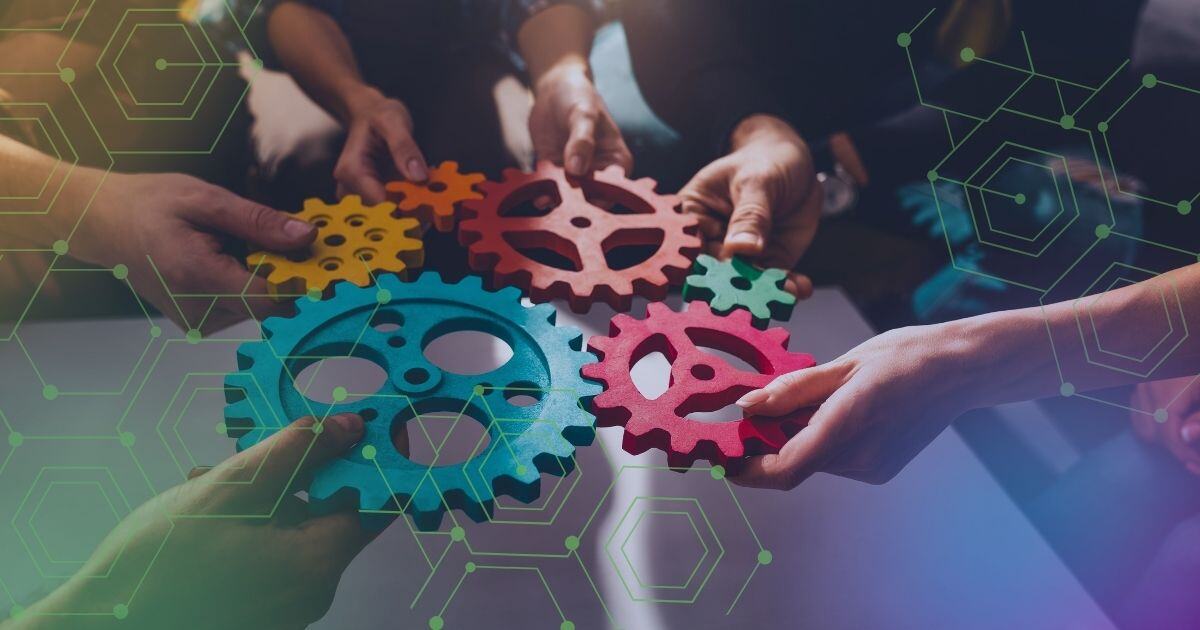Information Technology (IT) departments are exposed to a series of constant challenges and risks that, in many cases, are beyond direct control. Resilience becomes crucial: the ability to resist and recover quickly from adversities becomes the fundamental pillar in a constantly changing environment. On a day-to-day basis, it is relevant not to the setbacks but to how they are faced and the speed at which one recovers.
Alignment is an essential component in this context. To avoid risks impacting IT departments, we want to highlight four critical areas: operational complexity, legacy technology, macroeconomic challenges, and Environmental, Social, and Governance (ESG) issues. IT strategies must be aligned with global business objectives, which requires close collaboration between IT leaders and senior management. This collaboration enables understanding the organization's changing priorities and maps out technology roadmaps that promote resilience and business growth.
1. Challenging Operational Complexity
Complexity can lead to downtime, system failures, security vulnerabilities, and increased operating costs. How to face it?
Mitigation: Adopt a cloud strategy with redundancy and failover to support operations in the event of failure.
Disaster recovery testing: Perform recurring tests to ensure quick and efficient system restoration in the event of failures.
Security: Implement robust security protocols, update systems, and educate the team to prevent threats.
Flexibility and innovation: Explore cost-effective solutions and adopt open-source technologies and cloud services to maximize efficiency with limited resources.
2. Overcoming the Challenges of Legacy Technology
Modernizing and prioritizing upgrading legacy systems is key to addressing this risk.
Incremental modernization: Update or replace legacy systems, prioritizing those with the highest risks.
Resource allocation: Allocate resources to modernization or migration to more current platforms to reduce vulnerabilities.
Ongoing Support: Interact with vendors who offer maintenance and support to ensure critical updates and patches.
STaaS Adoption: Storage as a Service improves innovation, reliability, and security and serves as the foundation for transformation.
3. Facing Macroeconomic Challenges
Uncertain macroeconomic conditions pose significant challenges, requiring financial and skills contingency planning.
Financial planning: Create contingency plans to face economic crises and diversify investments in technology.
Skills development: Invest in ongoing training for the IT team to keep them current on the latest technologies.
Geopolitical Awareness: Adapt plans for potential geopolitical shifts and establish flexible networks with suppliers to mitigate supply chain disruptions.
Focus on short-term gains: To generate short-term value, focus your efforts on incremental improvements and quick wins.
4. Addressing ESG Challenges
Sustainability and social responsibility are fundamental factors today.
HR Involvement: Implement inclusive practices from recruitment, promoting diversity in leadership roles.
Specific sustainability programs: Develop e-waste management strategies and encourage sustainable practices within IT infrastructure.
Cybersecurity and transparency: Establish strict cybersecurity measures, comply with data protection regulations, and communicate ESG efforts transparently.
Alignment with global ESG objectives: Ensure IT initiatives are aligned with the organization's broader ESG objectives.
Cloud security risks and how to prevent them.
Resilience in IT departments is not a choice; it is a necessity in an environment of constant change. Through strategic alignment, security strengthening, technology modernization, and sustainability, IT organizations can be better prepared to meet challenges, endure, and grow amid uncertainty.
At Madata, you will find the right strategic ally to achieve alignment between the different areas of your IT organization, providing the digital security, infrastructure, and managed IT services you need.
Write to us at contacto@madata.com , a specialist will assist you.







